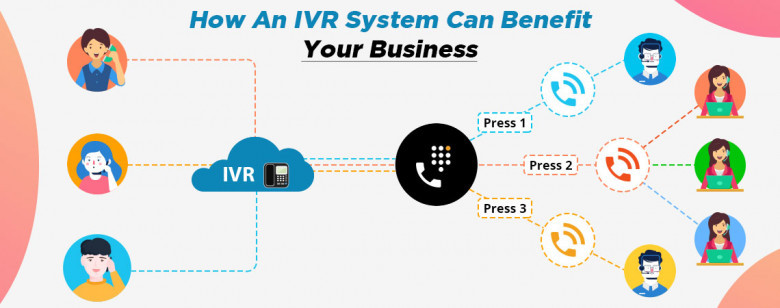views
Understanding the Secrets of IVR Automation: Improve Your Company's Performance
In the ever-evolving landscape of customer service and business operations, IVR (Interactive Voice Response) automation has emerged as a powerful tool to streamline interactions, reduce costs, and enhance overall performance. In this comprehensive guide, we will explore the world of IVR automation, from its fundamental concepts to implementation strategies and best practices, culminating in a glimpse into the future of this technology.
What is IVR Automation?
Interactive Voice Response (IVR) is an automated telephony system that interacts with callers through pre-recorded voice prompts and touch-tone keypad selections. It allows customers to interact with a computer system via spoken words or keypad inputs, enabling self-service options and efficient call routing.
Benefits of IVR Automation
Streamlining Customer Interactions
IVR automation streamlines customer interactions by providing self-service options and routing calls to the appropriate agents or departments.
Efficient 24/7 Availability
IVR systems are available round the clock, ensuring customers can seek assistance at any time, leading to improved accessibility and satisfaction.
Cost Savings
By automating routine inquiries and tasks, IVR automation reduces the workload on human agents, ultimately cutting operational costs.
Data Collection and Insights
IVR systems gather valuable data, enabling businesses to analyze customer interactions and make informed decisions for process improvement.
Understanding the Different Types of IVR Automation
Interactive Voice Response (IVR)
The traditional IVR system uses pre-recorded voice prompts and keypad inputs for user interactions. It's widely used for tasks like bill payment, appointment scheduling, and basic information retrieval.
Automated Speech Recognition (ASR)
ASR technology allows users to interact with the system using spoken language, enabling more natural and intuitive conversations.
Natural Language Processing (NLP)
NLP takes IVR to the next level by understanding and responding to human language, making interactions even more conversational and user-friendly.
How to Implement IVR Automation
Identify Your Needs
Before implementing IVR automation, identify your specific business needs and objectives. Determine the key processes that can benefit from automation.
Choose the Right IVR Solution
Select an IVR solution that aligns with your needs and goals. Consider factors like scalability, customization, and integration with existing systems.
Design Your IVR Flow
Create a user-friendly and intuitive IVR flow with clear and concise prompts. Ensure that the menu options are logically organized.
Test and Deploy Your IVR
Thoroughly test the IVR system to identify and address any issues. Once tested, deploy the system, keeping an eye on its performance.
Best Practices for IVR Automation
Keep Your IVR Flows Simple and Easy to Navigate
Simplicity is key. Avoid complex menu structures, and make sure users can easily navigate through the system.
Use Clear and Concise Language
Voice prompts should be clear and easy to understand. Avoid jargon or technical language that might confuse callers.
-
Provide Multiple Options for Users<span class="EOP SCXW261276061 BCX8" style="margin: 0px; padding: 0px; user-select: text; -webkit-user-drag: none; -webkit-tap-highlight-color: transparent; font-size: 11pt; line-height: 18.3458px; font-family: Calibri, Calibri_EmbeddedFont, Calibri_MSFontService, sans-serif;" data-ccp-props="{"
IVR System












